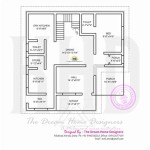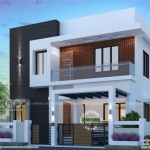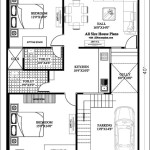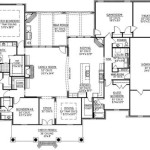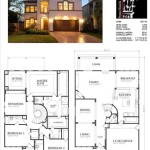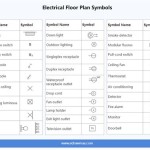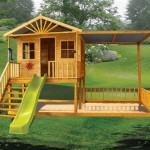Essential Aspects of Small House On Stilts Floor Plans
Small houses on stilts offer a unique and practical solution for those seeking compact and sustainable living spaces. These elevated structures provide numerous advantages, including protection from flooding, natural cooling, and panoramic views. When designing a small house on stilts, several essential aspects should be considered to ensure functionality and comfort.
Structural Considerations
The foundation of a stilt house plays a crucial role in its stability and longevity. Stilts should be made of durable materials such as concrete, steel, or treated lumber and must be designed to withstand the weight of the structure and potential lateral forces.
The spacing of the stilts is also important for stability and ventilation. A too-wide gap may make the house vulnerable to wind sway, while a too-narrow gap can restrict airflow and create moisture issues.
Floor Plan Efficiency
The floor plan of a small house on stilts should maximize space utilization and natural light. Open floor plans with minimal partitions allow for a sense of spaciousness and facilitate cross-ventilation.
Vertical spaces can be utilized through the incorporation of lofts or mezzanines, providing additional sleeping or storage areas without increasing the footprint of the house.
Access and Circulation
A well-designed access point is essential for convenience and safety. A staircase or ramp should be strategically placed to connect the stilt level to the ground level. Stairs should have adequate width, risers, and handrails for ease of use.
Circulation within the house should be organized to minimize wasted space and create a smooth flow of movement. Windows and doors should be positioned to enhance natural light and provide cross-ventilation.
Natural Lighting and Ventilation
Natural lighting is a key aspect that can make a small space feel larger and more inviting. Large windows and skylights can be incorporated into the design to maximize sunlight intake.
Cross-ventilation is also crucial for maintaining a comfortable indoor environment. Windows and doors should be strategically placed to encourage airflow and reduce the reliance on mechanical ventilation systems.
Sustainability Features
Sustainability should be a priority when designing a small house on stilts. The use of natural and recycled materials can reduce the environmental impact of the structure.
Water and energy conservation features, such as rainwater harvesting systems and solar panels, can further enhance the sustainability of the house.

Plan 44188td Modern 2 Bed Stilt House On Stilts Beach Plans

Stilt House Plan With Decks And Charm 3928

Stilt House Plans Just Over 1 000 Square Feet Piling Collection Pge 0101 1005 Sq Ft 2 Bedrooms On Stilts Tiny Floor

Tiny House Plan On Stilts 44180td Architectural Designs Plans

Beach Stilt House For Tiny Living 44189td Architectural Designs Plans

2 Family House Plan On Stilts 62573dj Architectural Designs Plans

Coastal Stilt House Plan With Elevator And Second Level Living Space 765044twn Architectural Designs Plans

Cool House Concept Two Y With 5 Bedrooms On Stilts Diy Plans Stilt

Koshoshiki Passive House On Stilts Maison

Stilt House B Houssais Architecture Archdaily

